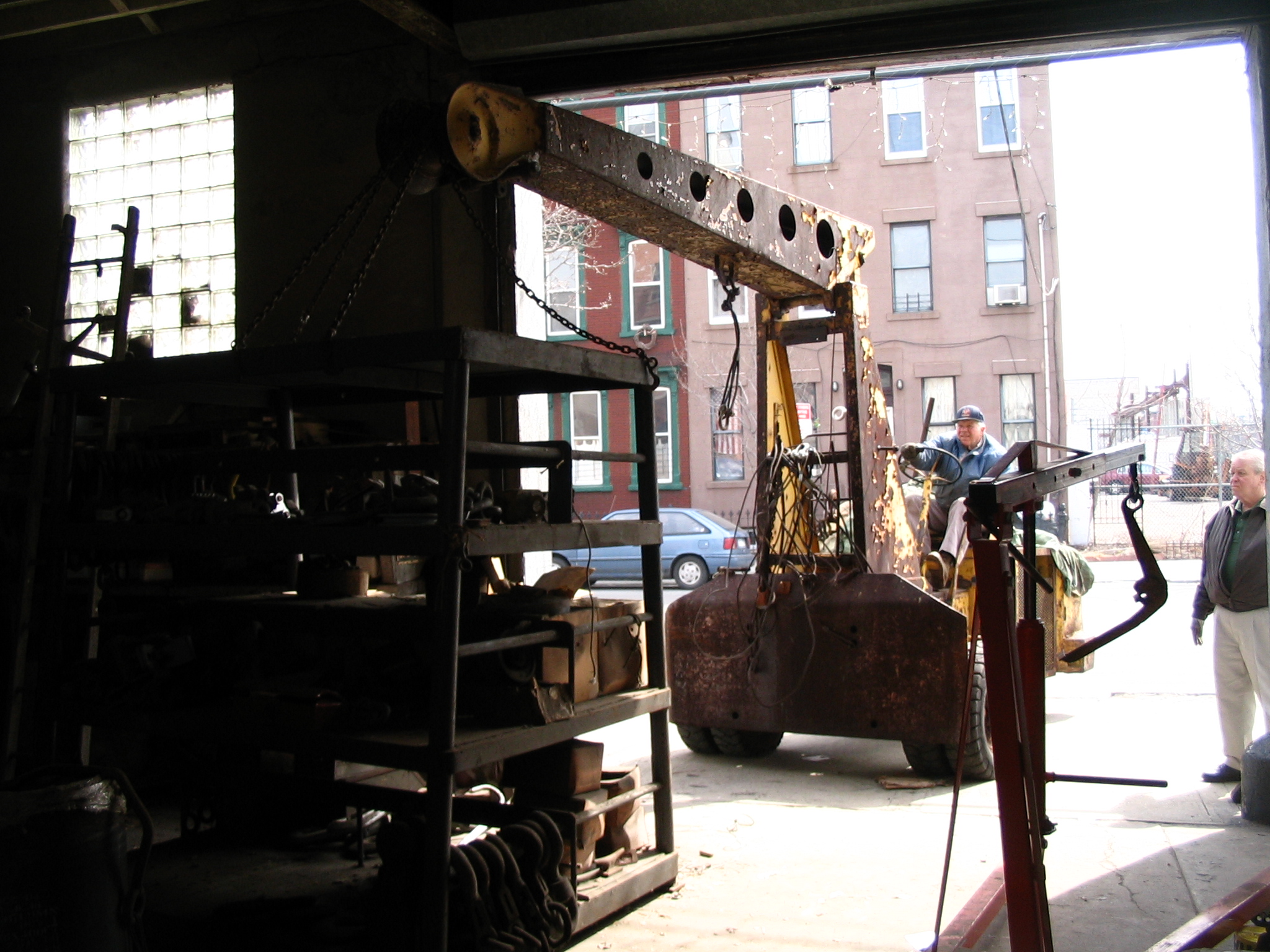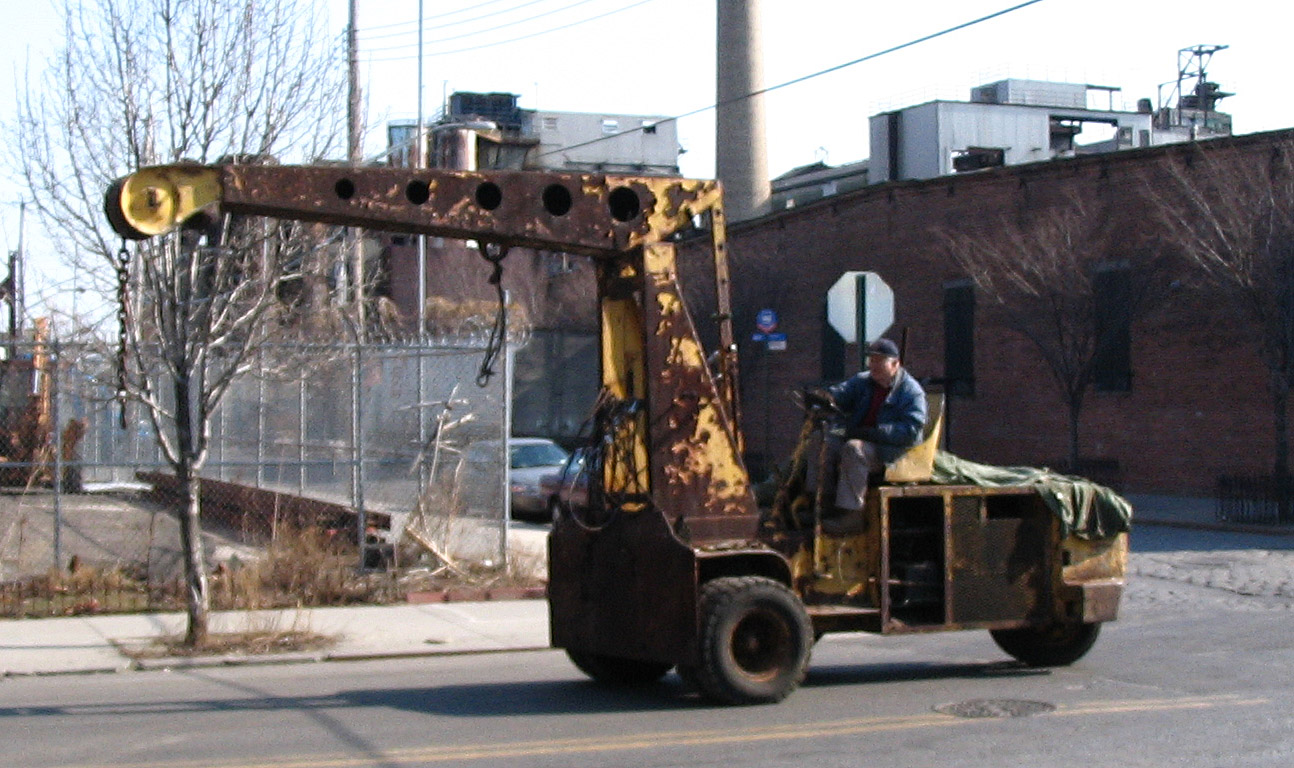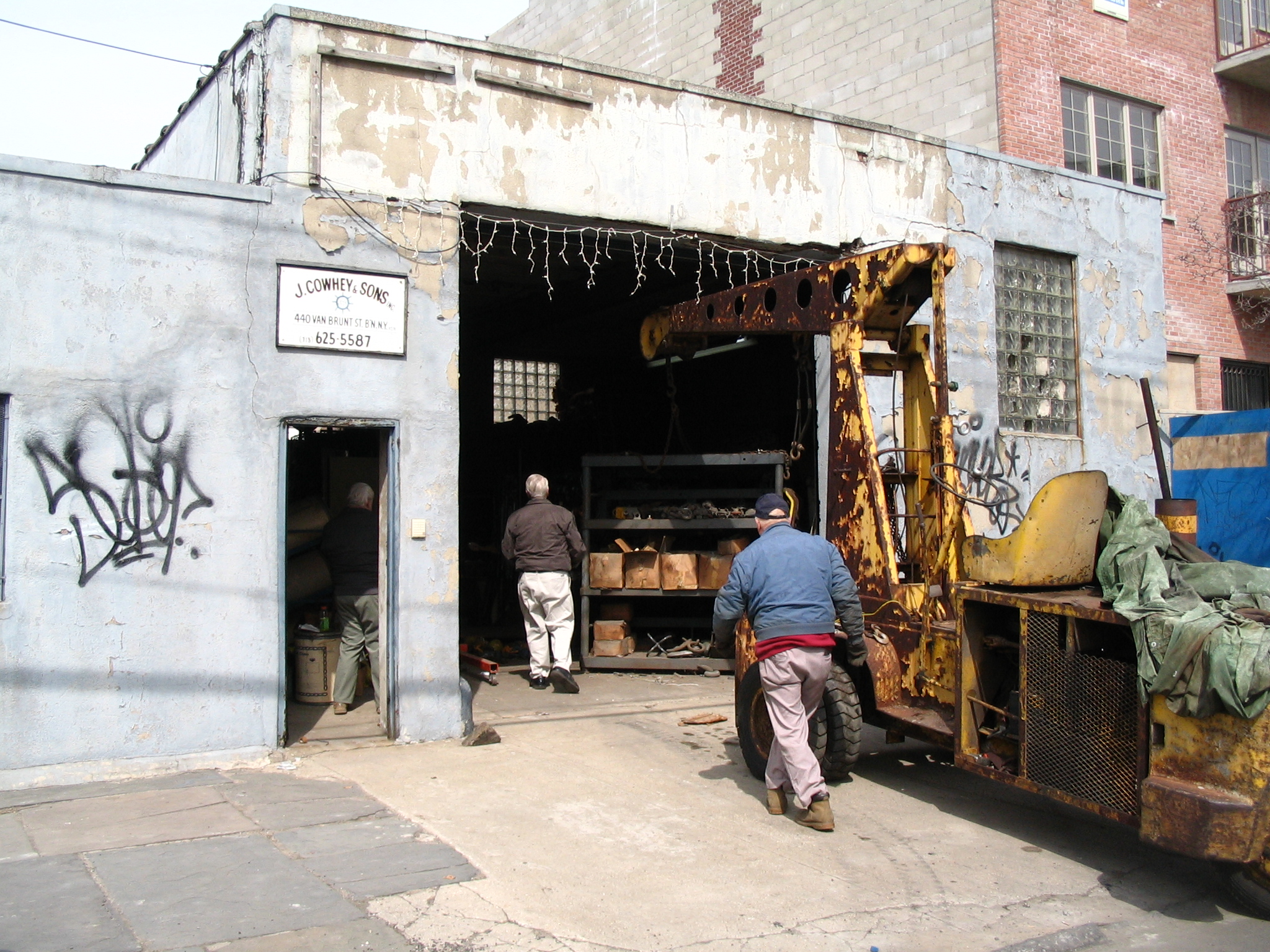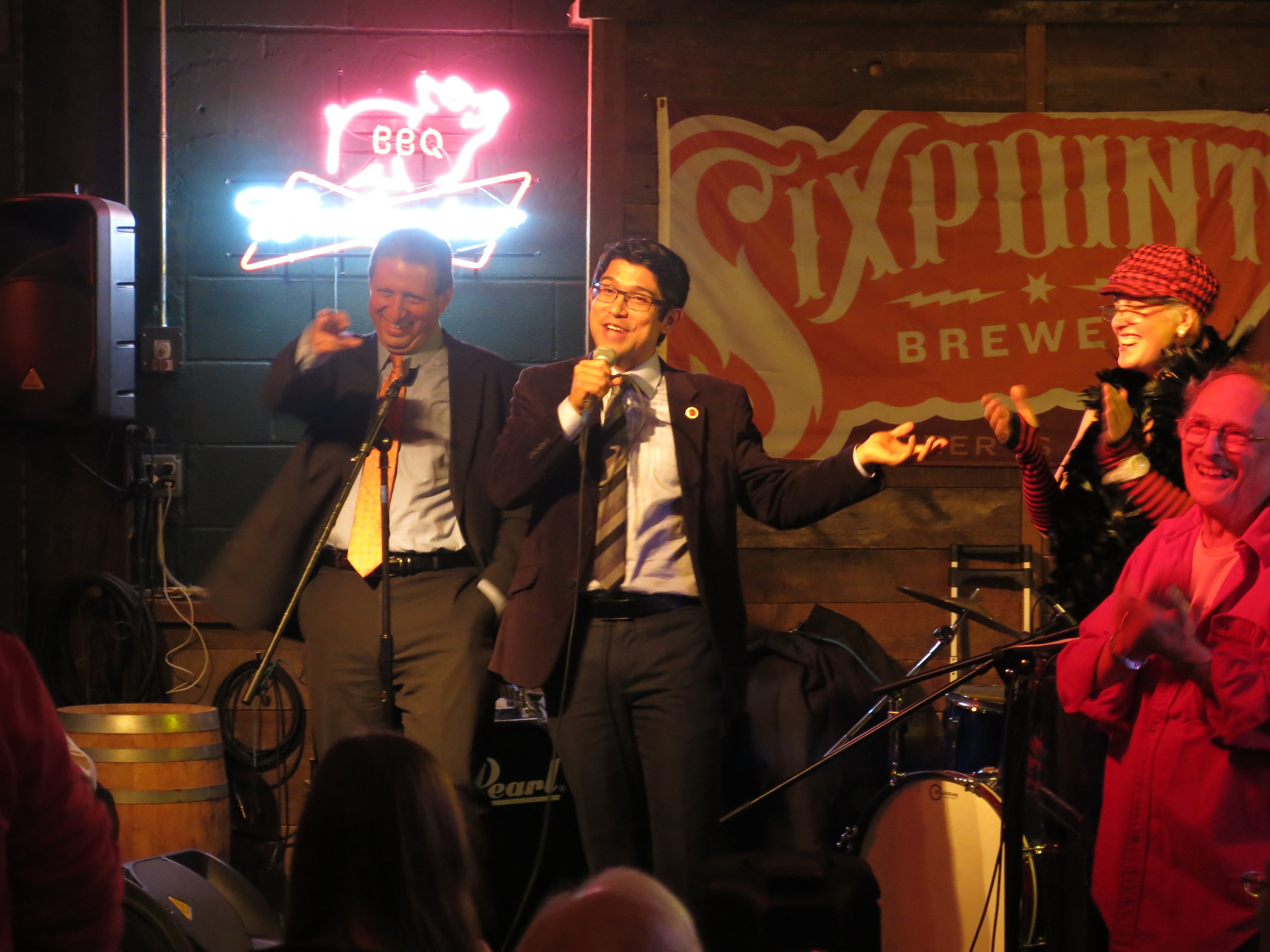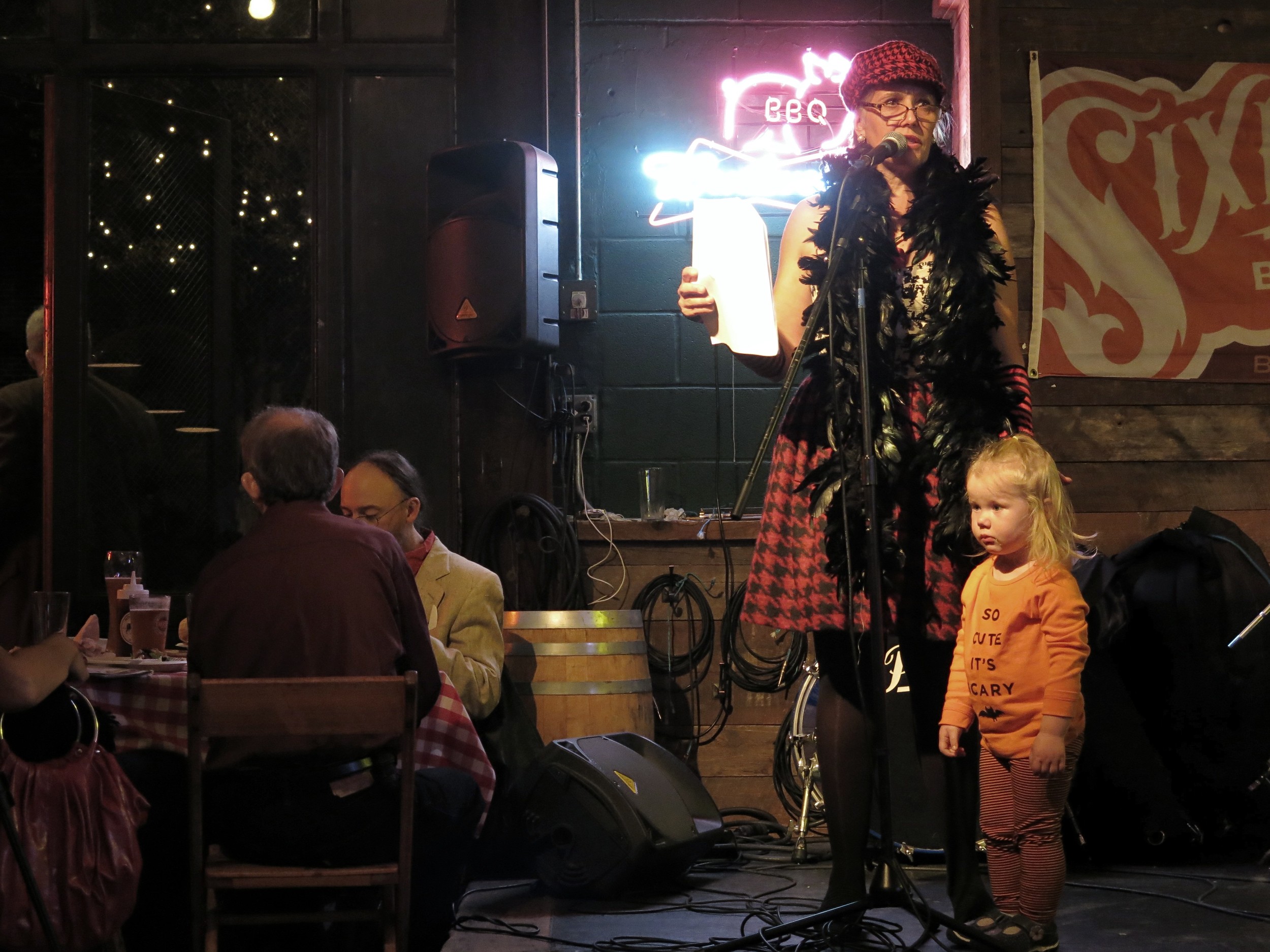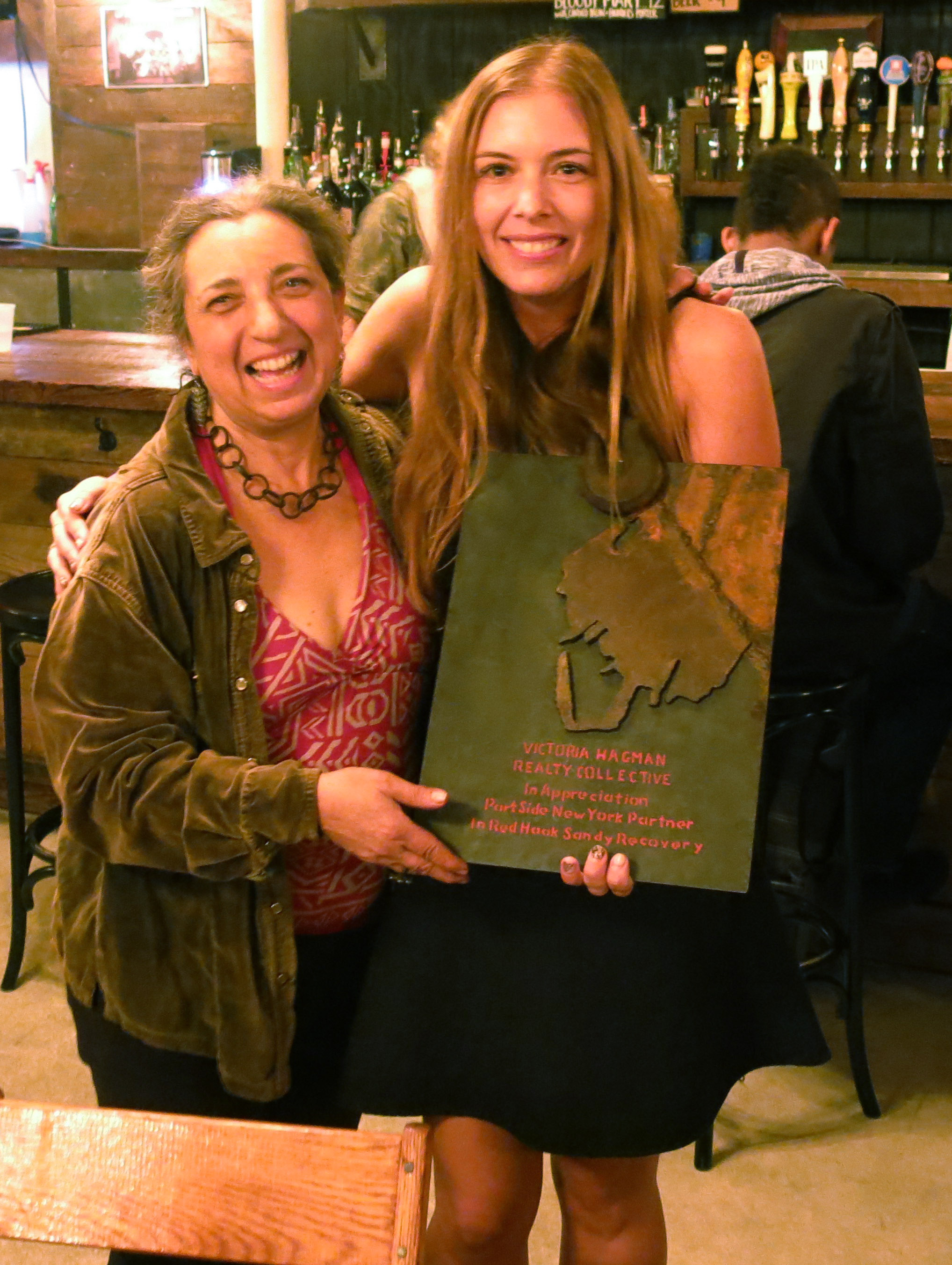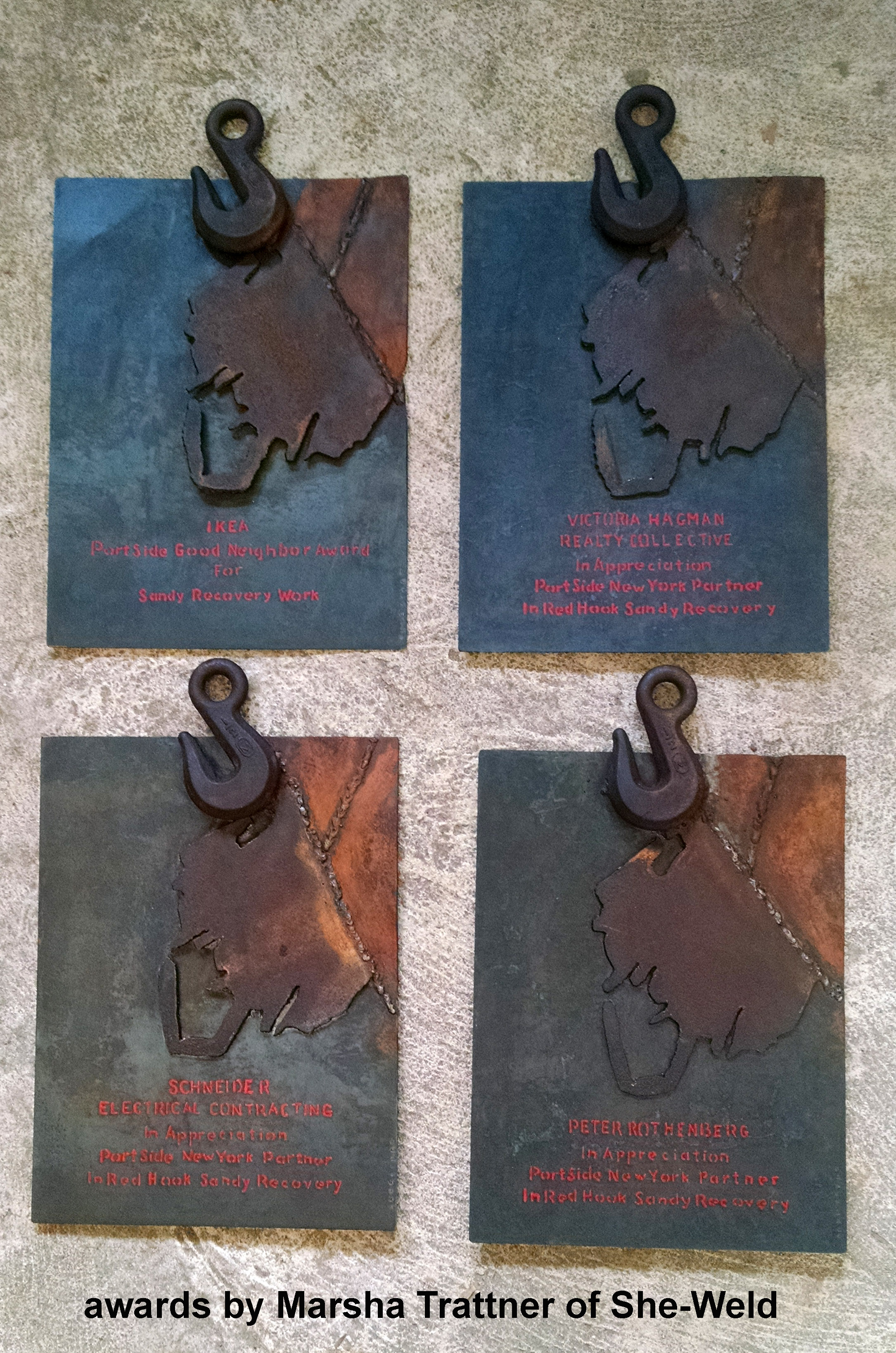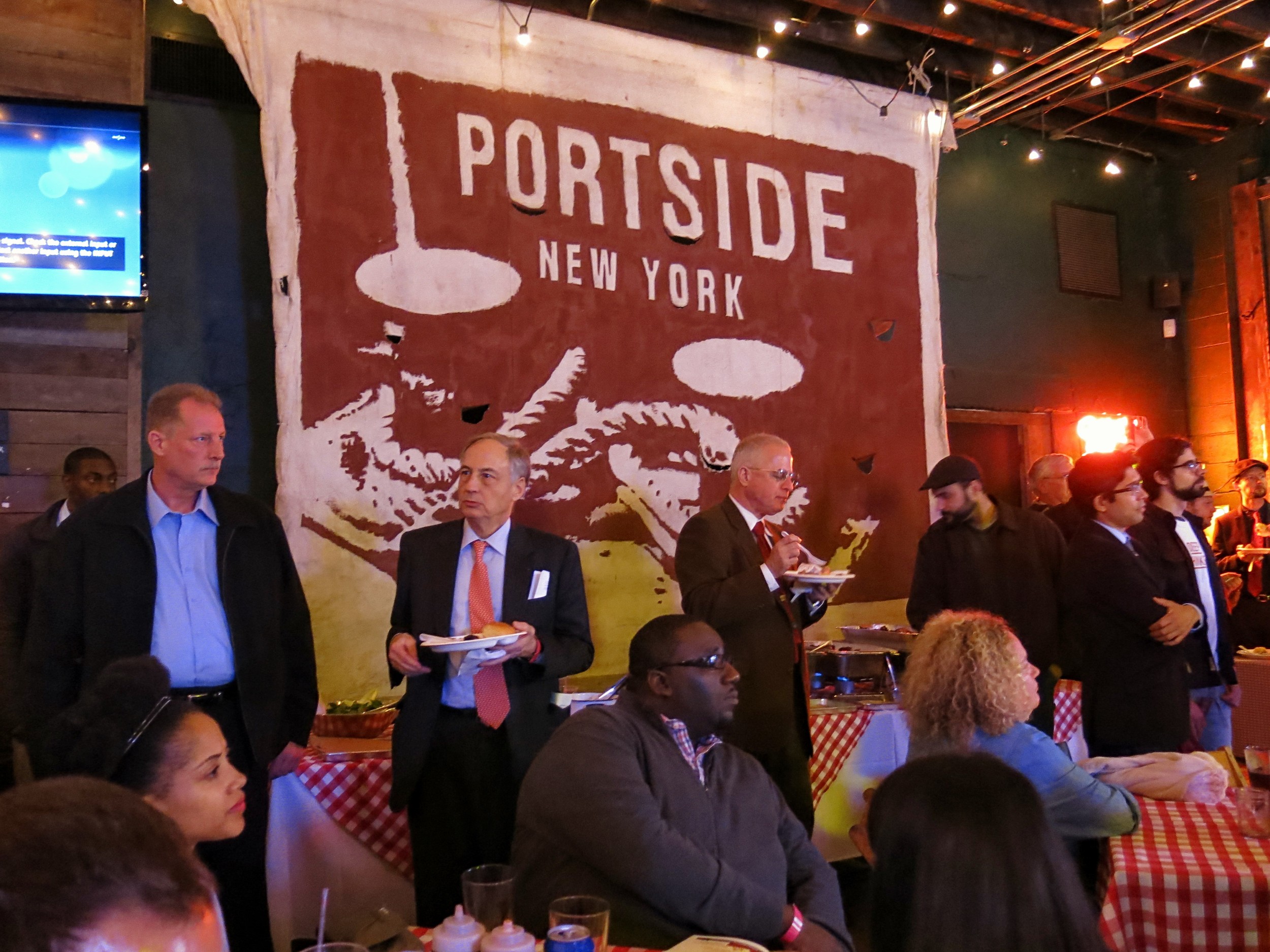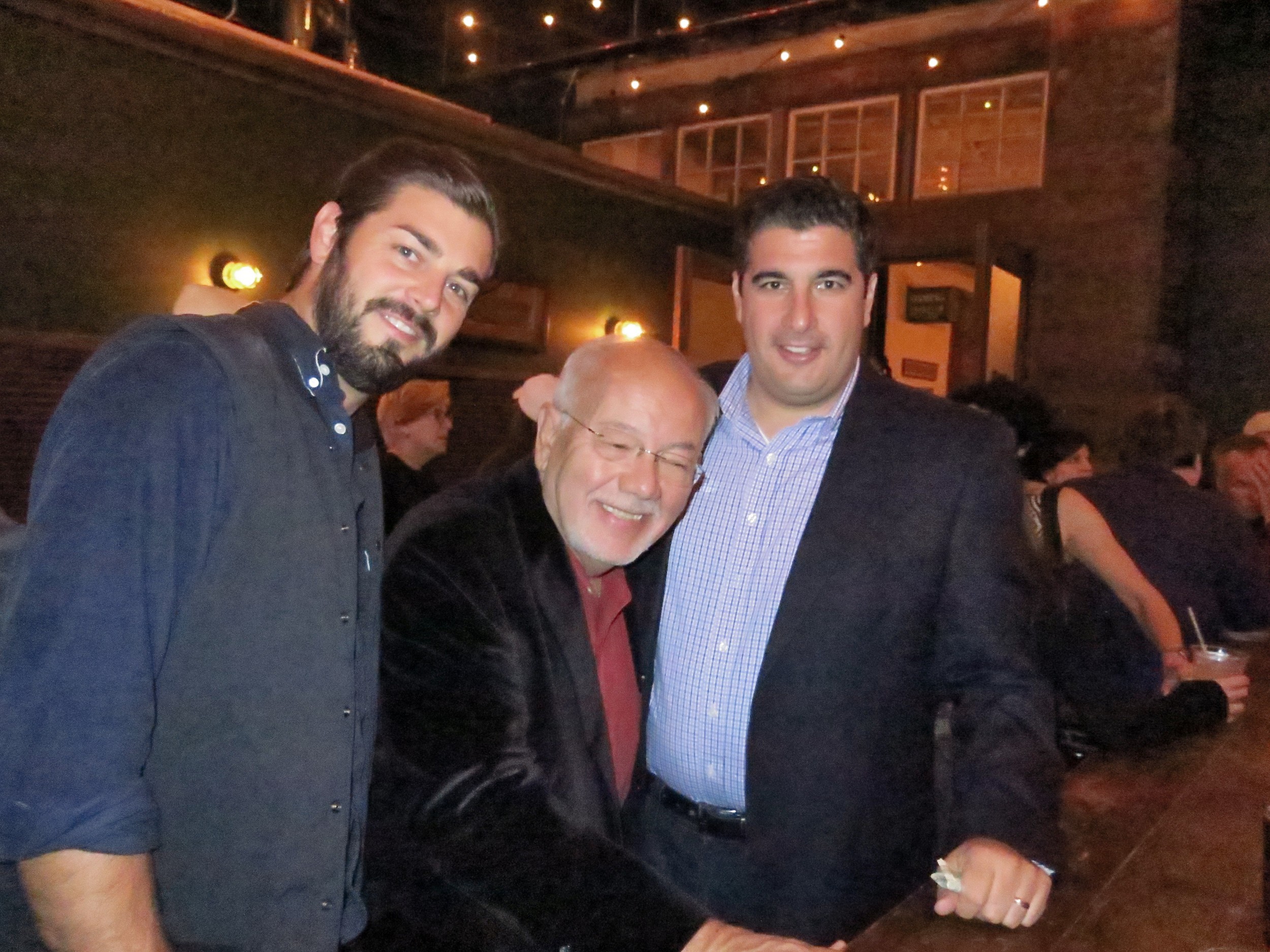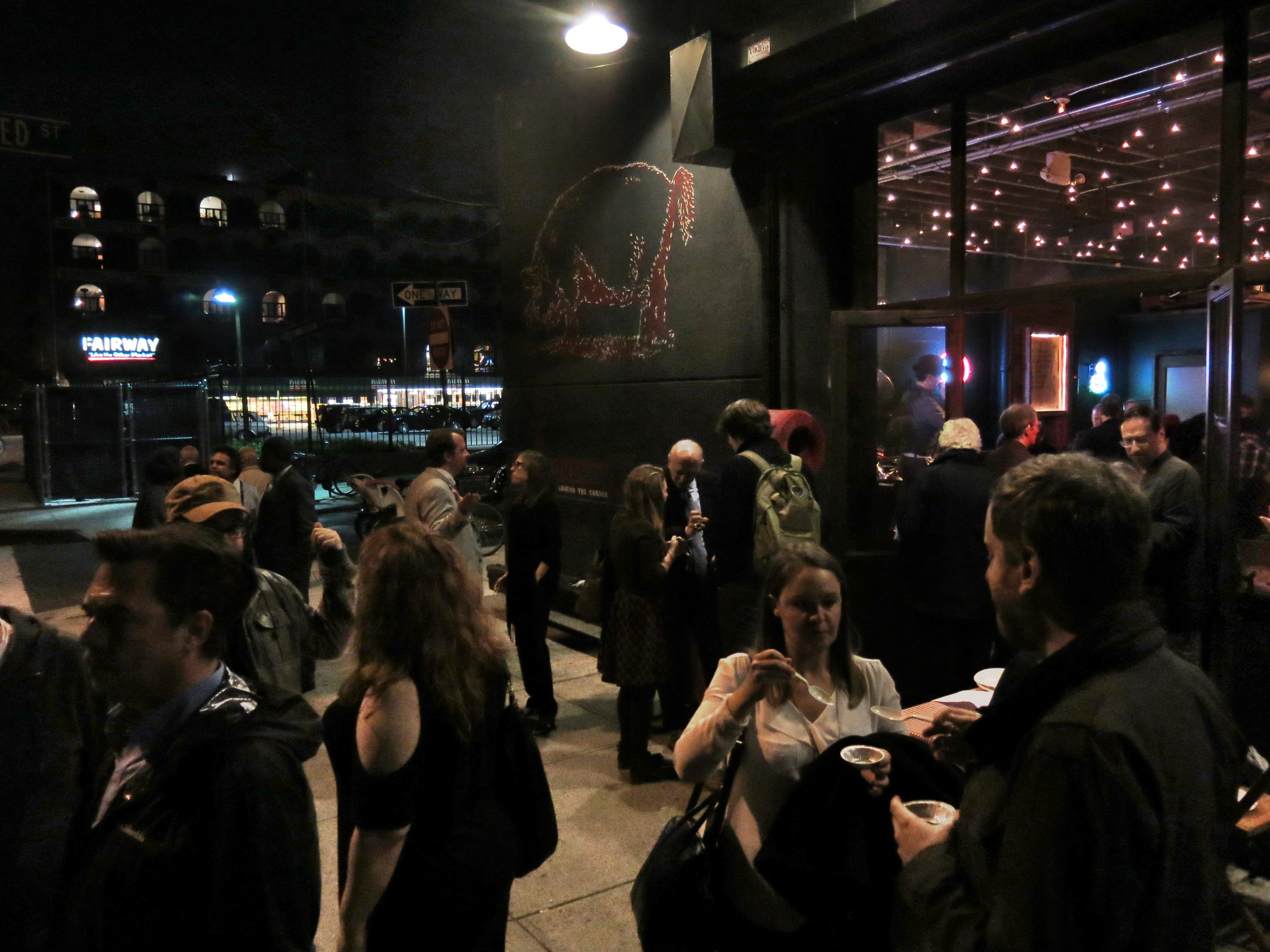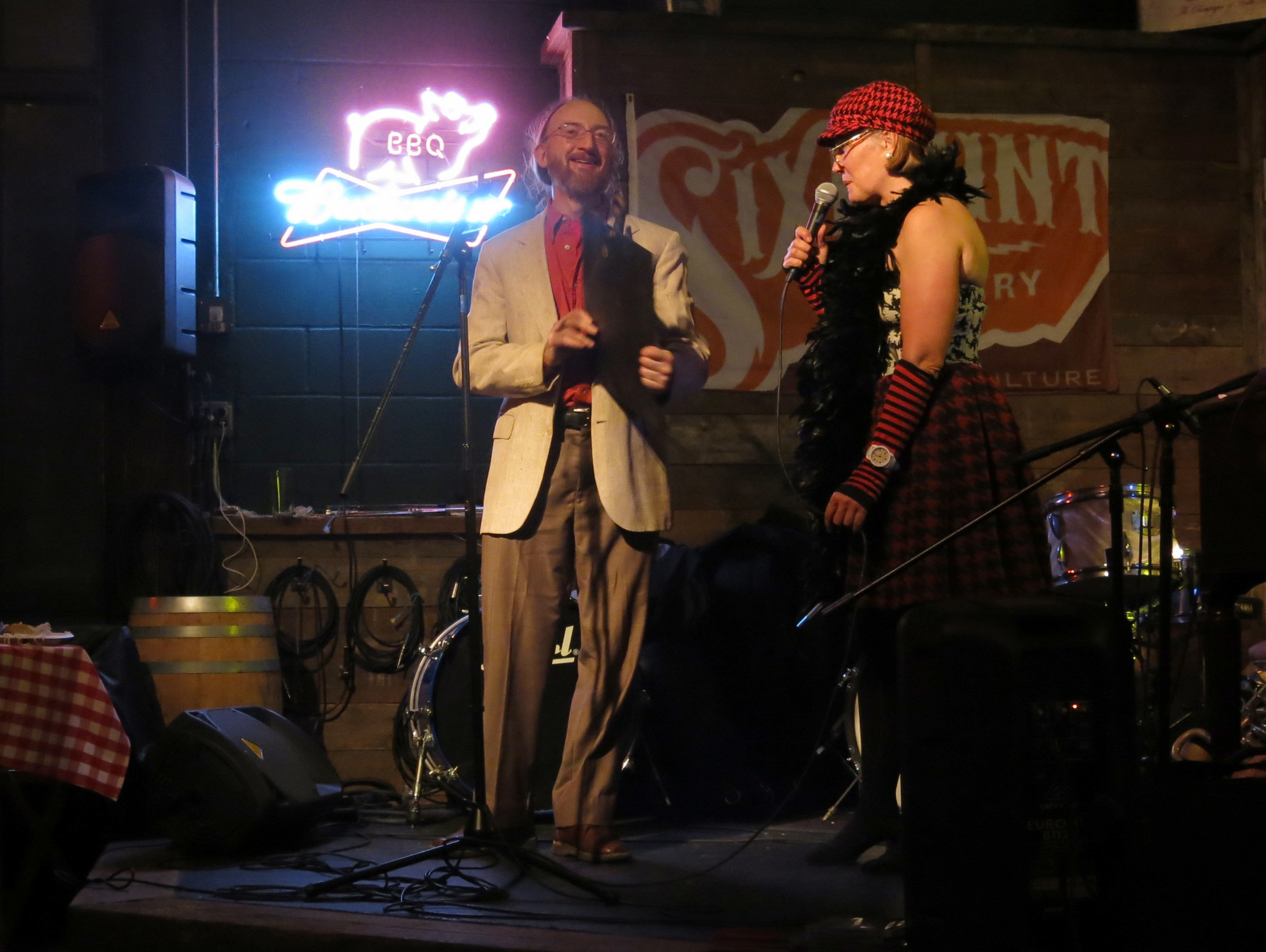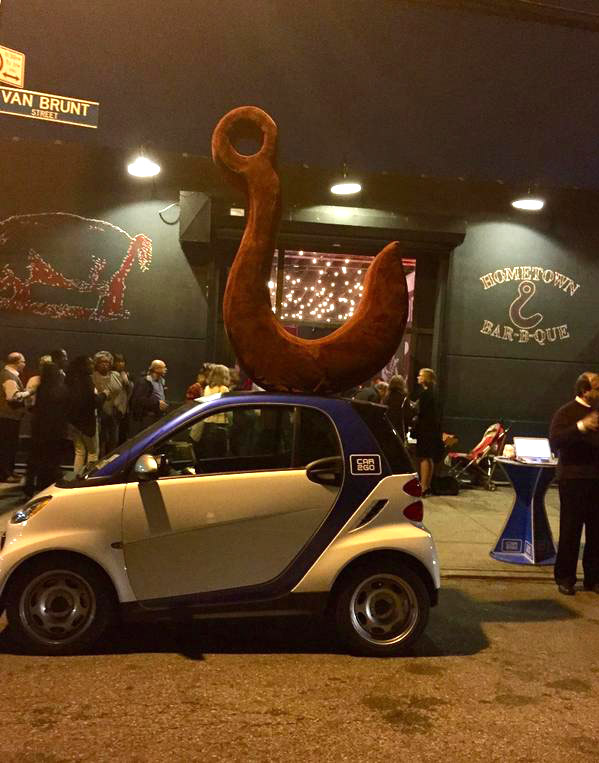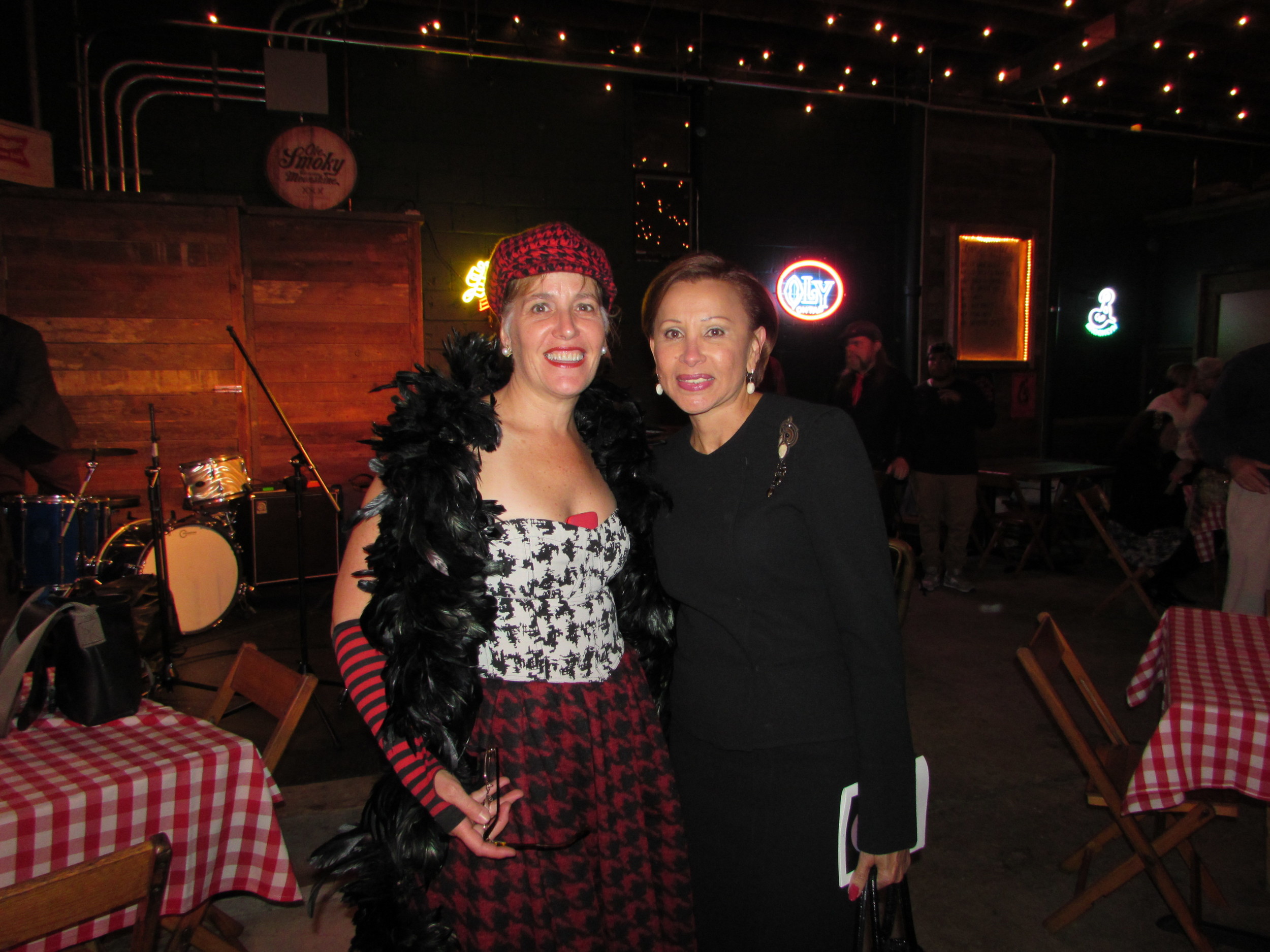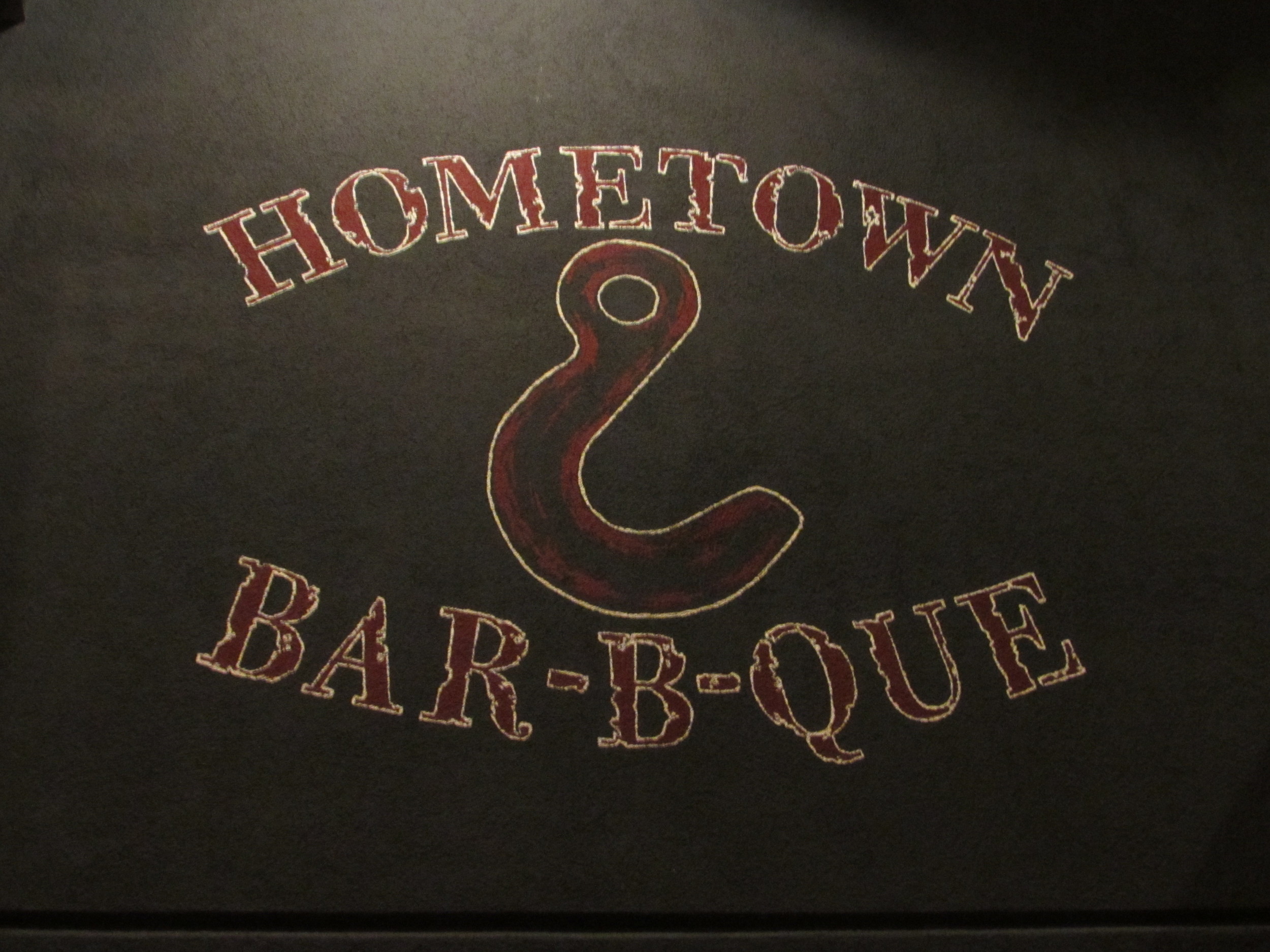Help make Red Hook more resilient on Thurs 3/17
/front of resiiency postcard portside will be distributing during 2022. back of postcard is at bottom of blogpost
Dear Red Hook friends,
PortSide has an opportunity to work with a group of visiting High School students who will distribute poscards with flood prep info arojund Red Hook on Thursday morning March 17. There is a Facebook event at https://fb.me/e/4tr9QIRPi you can share.
We are especially interested in getting High School students involved so that they get a cultural exchange experience of working with the visitors while helping those visitors understand Red Hook and find their way around.
Would you like to get involved? If so, please RSVP asap to chiclet@portsidenewyork.org. Please share this blogpost!
Thursday, 3/17 Schedule
9:30 am 45 minutes orientation presentation about Red Hook’s Sandy story with time for QnA.
10:15 am 15 minute break and time to get postcards, Red Hook maps and clipboards to students
10:30 am Head out to distribute postcards and do some surveys
12:00 pm Debriefing session, recording a video of student impressions and feedback
1:00 pm Lunch
1-3 and 5 take place in the office suite at the SE corner of the Pier 11 warehouse. That is between our ship MARY A. WHALEN and Pioneer Street. Thanks to Formula E for the use of this office space.
We seek people for the following roles:
A Red Hook business owner who was here during Sandy.
More People to accompany the visiting students as they distribute postcards (see photos top and bottom)
Program and backstory.
PortSide was approached by CAStrips, an international organization that organizes school field trips. They are bringing 30 students from the Houston International School Awty to NYC to do community service and learn about infrastructure.
Since 2022, is the 10th anniversary of Sandy and we saw during hurricanes Henri and Ida last fall that Red Hook people could use info on flood prep, we proposed that the Awty students kick off PortSide’s 2022 outreach about flood prep.
PortSide is creating a postcard in English, Spanish, and Chinese to hand out around Red Hook, directing people to info we offer at https://redhookwaterstories.org/tours/show/9. The 3/17 distribution event will only reach part of Red Hook; we will focus on stores on this one.
If you can’t get involved with this event, we hope you will join a future one. CAStrips wants to send more students in May, and we hope to have all-Red Hook groups do distribution too.
Overview of the orientation speakers and content:
PortSide
NYCHA residents here during Sandy - Karen Blondel and Vanessa McKnight are speaking
Medical Matt (Matt Kraushar, MD PhD) who set up medical response corps after Sandy, mostly serving NYCHA residents. He will participate from Germany via Zoom.
Jim McMahan “Map Man” who made Red Hook’s Sandy flood map will be represented by this video
Red Hook business owner who was here during Sandy, if we get one
PortSide will talk about our experience protecting our ship from hurricane Sandy, what we learned about Red Hook damages while running our Sandy recovery center and then a virtual one and while appointed to NY Rising; resiliency planning we have done and that NYC government has planned and/or executed through the years since Sandy (some of it you can see within yards of our ship). We will refer to City-executed resiliency plans for Red Hook on this webpage. We will refer to Resiliency 101 info in our virtual museum. PortSide has a FEMA Sandy recovery project, so we can speak as a storm victim too.
Image below is the back of the postcard that will be handed out during this event, and over 2022. The front of the postcard is at top.
back of resiiency postcard portside will be distributing during 2022. frontof postcard is at top of blogpost




